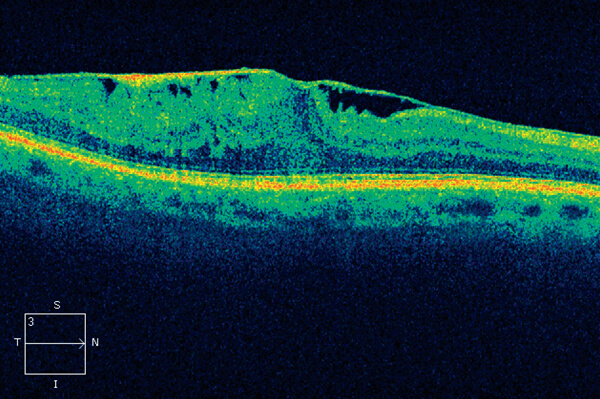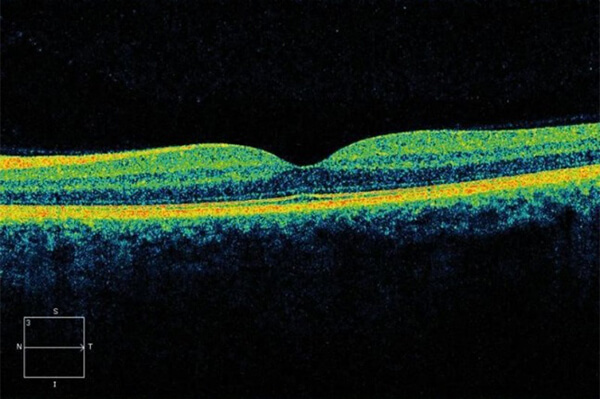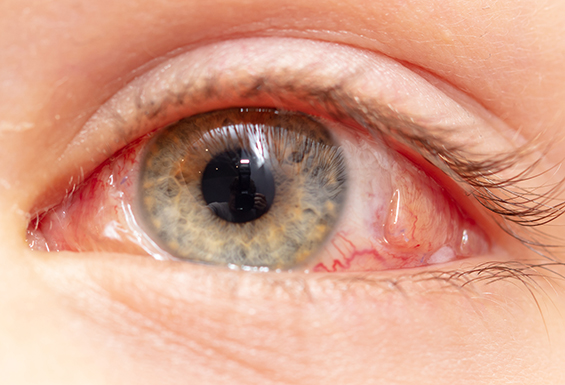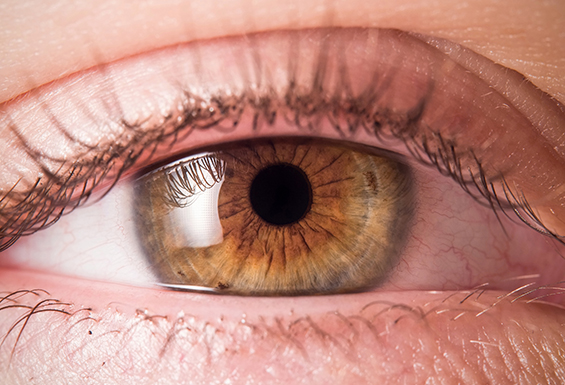Macular Pucker / Epiretinal Membrane (ERM)
Macular Pucker, also known as an Epiretinal Membrane (ERM) is an eye condition that affects the macula, the sweet spot of center vision. The back of your eye is lined by the retina, the light seeing layer in the back of the eye. The macula is the very center of the retina, and it is responsible for the crisp vision you need to read and drive. The macula must lie flat against the back of your eye to work properly, so if the macula is wrinkled or bulging you lose central vision. An ERM is a thin film that not only covers the macula, but also causes thickening, wrinkling or bulging in the underlying macula. It is typically age related, but other eye conditions can cause it as well. Macular pucker does not affect your side vision.


Symptoms of Macular Pucker / ERM
Some early forms of ERM can cause mild blurriness in vision, which people typically notice only when trying to read fine print or drive. As the condition gets worse, straight lines may appear wavy, and your center vision may begin to have cloudy or gray areas.
Common Risk Factors of a Macular Pucker / ERM
Age is the most common cause of a macular pucker. As we age, our vitreous shrinks and pulls away from our retina. Sometimes the vitreous can stick to the retina. When this happens, scar tissue forms a thin film which causes the retina and macula to become wrinkly or bulge.
You may also be at risk if you’ve had other eye problems such as:
- Vitreous detachment
- Retinal tear or detachment
- Swelling inside the eye
- Severe injury to the eye or history of eye surgery
- Problems with blood vessels in the retina
Treatment for Macular Pucker / ERM
If your symptoms are more serious, our surgeons may recommend a vitrectomy surgery which is performed in an operating room. The surgeon will remove some of the vitreous and the film of scar tissue on your macula. Over time, this will allow the macula to relax back toward its normal appearance. It is likely your vision will slowly improve once the macula flattens and returns to its proper position. Healing for this can take several months.





